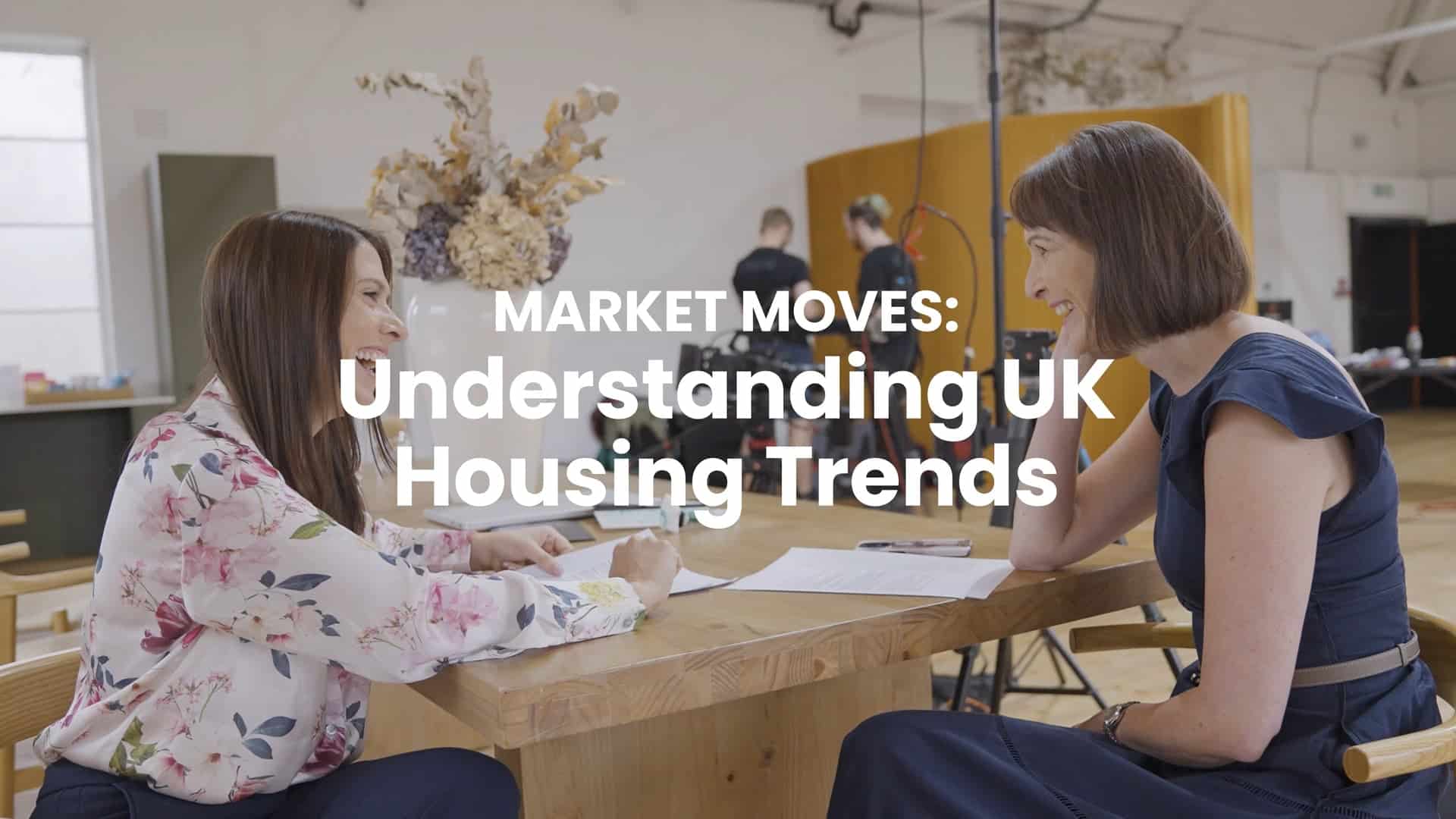Demand for self-contained annexes has grown substantially since the pandemic, driven by evolving work habits and the rising popularity of multi-generational living.
A 2021 study by Property Wire revealed significant increases in home improvement projects since 2018 – extensions by 50%, loft conversions by 112%, outhouses by 122%, and garden offices by 161%. However, annexes far surpassed these figures, with a 300% increase in properties adding an additional living space in their gardens.
This trend has continued, partly due to second homeowners in England facing a potential doubling of council tax from April 2025. Earlier this year, data from Purplebricks showed that enquiries for homes with annexes reached 10,000 in the second half of 2023.
Given rising living costs and house prices, it’s no surprise that properties with annexes are in high demand, especially as they can potentially boost a home’s value by an estimated 20-30%.
A rising trend in family purchases with annexes
In recent months, we have observed a clear trend of family members purchasing homes together. Most commonly, this involves couples buying properties with annexes, where elderly parents or adult children returning from higher education and saving for a deposit can live while maintaining a level of independence.

Market Moves: Understanding UK Housing Trends
Introducing the first in our video series “Market Moves: Understanding UK Housing Trends” The
Sponsored by Halifax Intermediaries
Many of these annexes are attached to part of a building or are a separate building near the main residential property. They also have a separate bathroom, bedroom or kitchen and living area but are on the same title as the main family home.
In the majority of cases, anyone living in an annexe does not have to be listed on the mortgage agreement. However, any occupiers in the annexe at the time of the application must be declared for legal purposes, alongside a written explanation to confirm how the annexe will be used and who it will be occupied by.
While one of the main attractions of having an annexe is that it can be rented out to help generate some additional income for the owner, it’s important to note that those without an external entrance can only be used to accommodate family members. In contrast, depending on specific lending criteria, annexes with a separate external entrance can be let for a maximum of six months.
For brokers with clients located in popular holiday spots, renting out an annexe on a short-term lease could be an ideal way to boost their monthly income, provided the borrowers’ intentions are clearly laid out at the application stage.
Although the growth in annexes has been triggered by the upward trend in the number of people working from home, it’s also important to note that many annexes cannot be used for commercial purposes such as running a retail business, or as an alternative office space for client meetings unless the right permissions are in place. But they can be used as a dedicated working space or place of business for the homeowner, provided they don’t have clients coming and going regularly from their home.
While no rental income generated by an annexe can be used in affordability calculations, purchasing a property with an annexe attached can help borrowers find a solution to multi-generational living or boost their monthly income in the short term.
For brokers with clients looking to secure a property of this kind, conducting the correct level of research and speaking to a lender willing to underwrite this type of application is essential in ensuring a positive outcome for their client.



